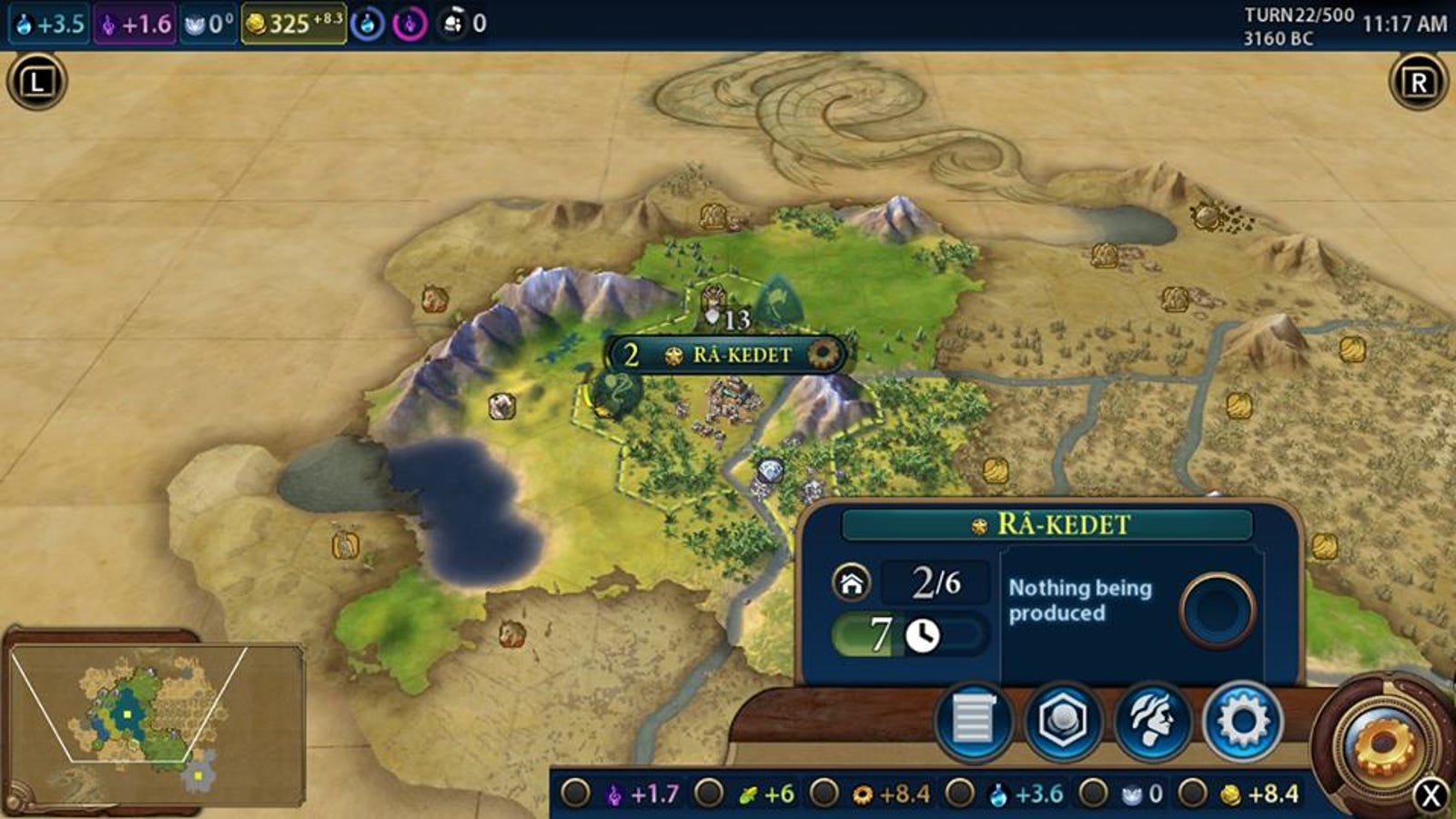

Building a city in a choke point might really help you tie up a part of the map for your own expansion until seafaring technologies are developed, but elsewhere in your reach there might be a lucrative but vulnerable area that you want to exploit.Įven in the base version of Civilization VI there is so, so much more than this going on. The map is littered with valuable luxury and strategic resources, as well as numerous different kinds of terrain. You’ll grow your civilization through building new cities and by conquering others, and you’ll need to manage your relationship with both the other civilizations that expand just as you do, and the independent city-states that grant bonuses to the civilizations that send envoys to them. The expansion packs add even funkier new features such as mechanised walkers and similarly far-fetched elements. The game (usually) begins in around 4000 BC, and you’ll need to research basic technologies such as the wheel, or pottery, and by the end, you’ll be developing lasers and advanced technologies that don’t even exist yet. The objective for a standard game based on a random map is to take your civilization to one of the victory conditions that has been enabled – typically through military might, winning the space race or by spreading your religion or culture across the globe to the extent that everyone admires you beyond all others. In a nutshell, that means you’ll choose a real-world civilization – with their own leader, unique units and buildings, and specific way of playing and then you’ll jump into either a random map, a hand-crafted one or a specific prebuilt scenario.

Civilization VI is a 4X game – where the four X’s represent exploration, expansion, exploitation and extermination. If that is the case, you can skip over the next paragraph or two. You probably know what Civilization VI is by now, and if you’re reading this review you likely already have the base game.
#Civilization vi switch promote unit Pc
That means the Switch version gets the same laundry list of features from both the base game and its expansions that the PC version does, including then tens and tens of factions that now span the collection.īut enough gushing, I’ll try to be as objective about this as I can. The amazing thing about the Switch version is that whilst there are some differences (like much fewer AI units, and many technical differences) the features appear to be almost identical. I’ve played something like a thousand hours on the PC version of Civilization VI and for completeness, I chose to invest in the same expansion content as I’ve been asked to review on the Nintendo Switch to do a like for like comparison. The lack of power in this plucky handheld console is pronounced in a game like this, but despite the four to five-minute loading time each time you boot up, or the very low-resolution visuals, I could not help be impressed. There’s some debate about whether some of the features in these two expansions (sold as a single “Expansions Bundle” on the Nintendo eShop) should have been in the base game or not, but in all honesty, even without them Civilization VI is a huge undertaking for Nintendo’s console. When I first sunk hundreds of hours into Civilization II, I never imagined for a second that later in life, I’d be playing a game as huge, expansive and now, thanks to two large expansions packs, as feature rich as Civilization VI at all – let alone on a handheld console like the Nintendo Switch. Super Mario, Football Manager and Total War all spring to mind (as well as several others) but chief among them is the Civilization series. When I look back across almost thirty years (goodness me) of videogaming experience, there are several games that have stayed with me through their various iterations.


 0 kommentar(er)
0 kommentar(er)
